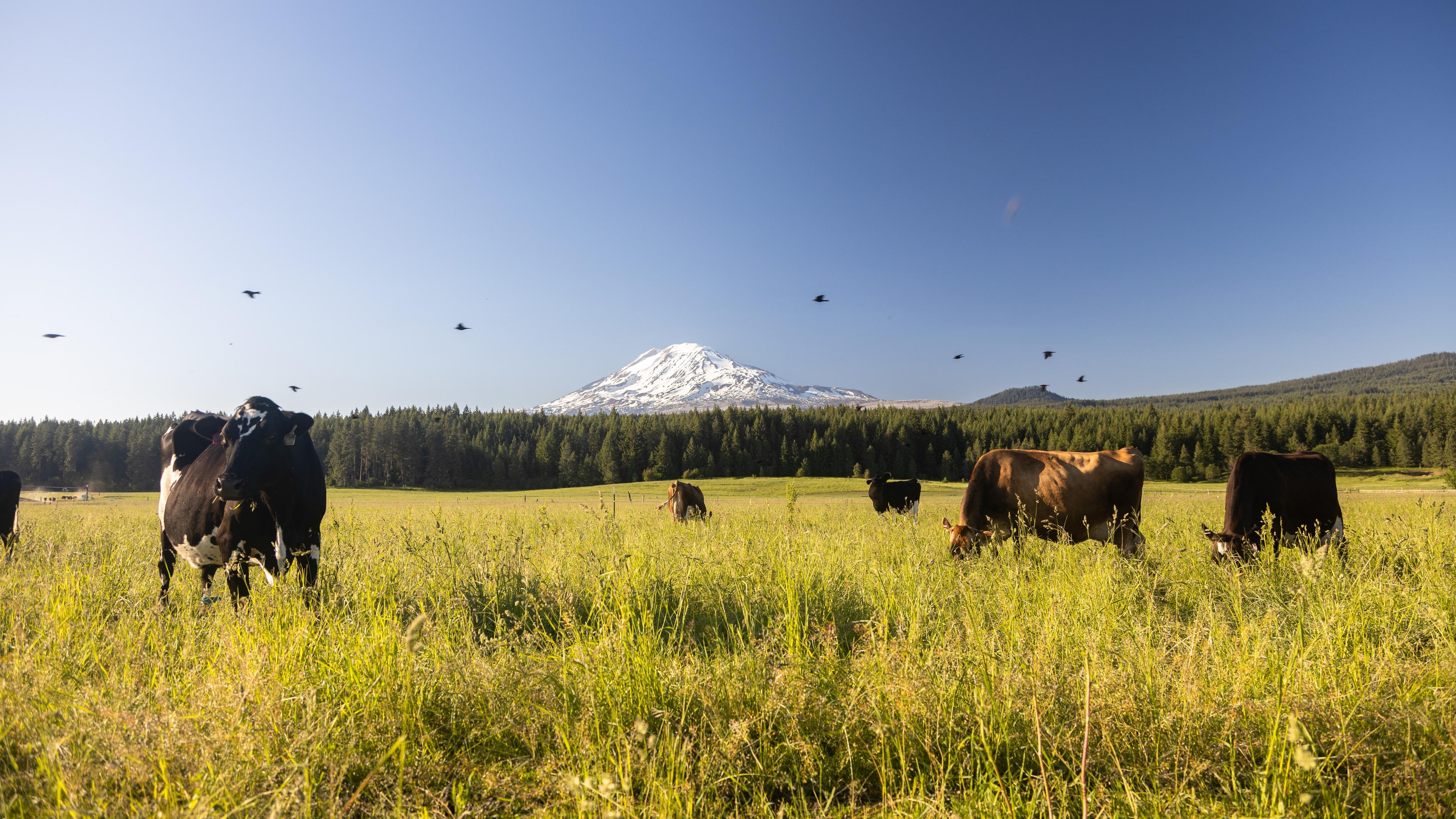
Earth
Filmmakers Astonished by What They Find on Organic Valley Farms
When Organic Valley dairy farmers step in front of the camera, it is not a typical day on the farm.
Last summer, a film crew led by a National Geographic photographer toured three of our small organic family farms in Pennsylvania and Washington.
Their mission: film a video showing the rich biodiversity found on an Organic Valley dairy farm — from earthworms and songbirds to salamanders and turtles. They found more than they ever expected!
“People ask ‘how did you find all those animals?’ but the truth is we really didn’t have to look hard at all,” said Clovis Siemon, the Organic Valley team member who directed the production. “Nature is all around you when you are on a small organic family farm.”
Our farmers jumped into this star role, guiding hikes around the farms and highlighting various wildlife species living alongside their free-roaming dairy herds.
The final video, Protecting Where your Food Comes From, launched in September at Climate Week NYC, an annual gathering of world leaders, business entrepreneurs, scientists and activists.
Protecting Farmland Ecosystems
The video is doing more than showcasing the beauty of wildlife.
With the U.S. losing more than 100,000 small family farms each decade, it’s critical that we protect the source of our food. More than 1,600 farmers own Organic Valley co-op. Their farms comprise 460,000 acres of organic farmland throughout the U.S. That’s land that is free from toxic pesticides and home to countless plants and animals — land that can help reverse the effects of climate change.
And, through organic production and pasture practices, Organic Valley farms already produce 24% less in greenhouse gas emissions compared to the average conventional U.S. dairy farm, helping to fight climate change.
Let’s visit the farmers who helped with the video and learn more about their farms, time in the spotlight and the unexpected and fascinating creatures they found!
Spotting Wildlife on a Pennsylvania Farm
When the film crew arrived on Andrew Ranck’s organic dairy farm last summer, one of his roles was to help spot wildlife. Specifically, he was searching for a North American wood turtle that lives in the water and grasslands on his farm.
While the filmmaker was busy photographing an earthworm, Ranck found a turtle — and a fawn — just a few yards away.
Filmmakers kept their distance from the hunkered down fawn and caused as little disturbance as possible.

Andrew Ranck holds a turtle on his organic farm in Pennsylvania.
Just Another ‘Wild’ day on an Organic Valley Farm
The Ranck farm, in Mifflin, Pennsylvania, was just one of the farms showcased. Each of the farms boasts an abundance of wildlife and stunning scenery.
“Organic Valley values the ecosystem on our farm and helps us support wildlife habitats,” Ranck said. “I also loved that we all came together to make (the film) happen, from the producer to the Organic Valley crew to the cinematographer.
"We were worried how the pasture would look after six weeks of atypically dry weather, but the drone footage in the final shot made it resemble a savannah with the sun setting. It showed the wild space that it is.”
Ranck is a second-generation organic dairy farmer who puts as much care into his farm and animals as he does the land and wildlife that co-exist on the farm.
“As a collective group, organic farmers have a bigger impact on the environment than just a single person or a conservation group,” he said.
They manage numerous resources including air, soil, animals and water — and they get to do it every day.
“Farmers need to be both scientists and biologists to succeed. We watch the natural cycle of the seasons and see the impact of organic farming,” Ranck said. “Environmentalists can take a macro view of the work, but we are working with microhabitats. In addition to farming, we are watching the natural ebb and flow of our diverse ecosystems.”
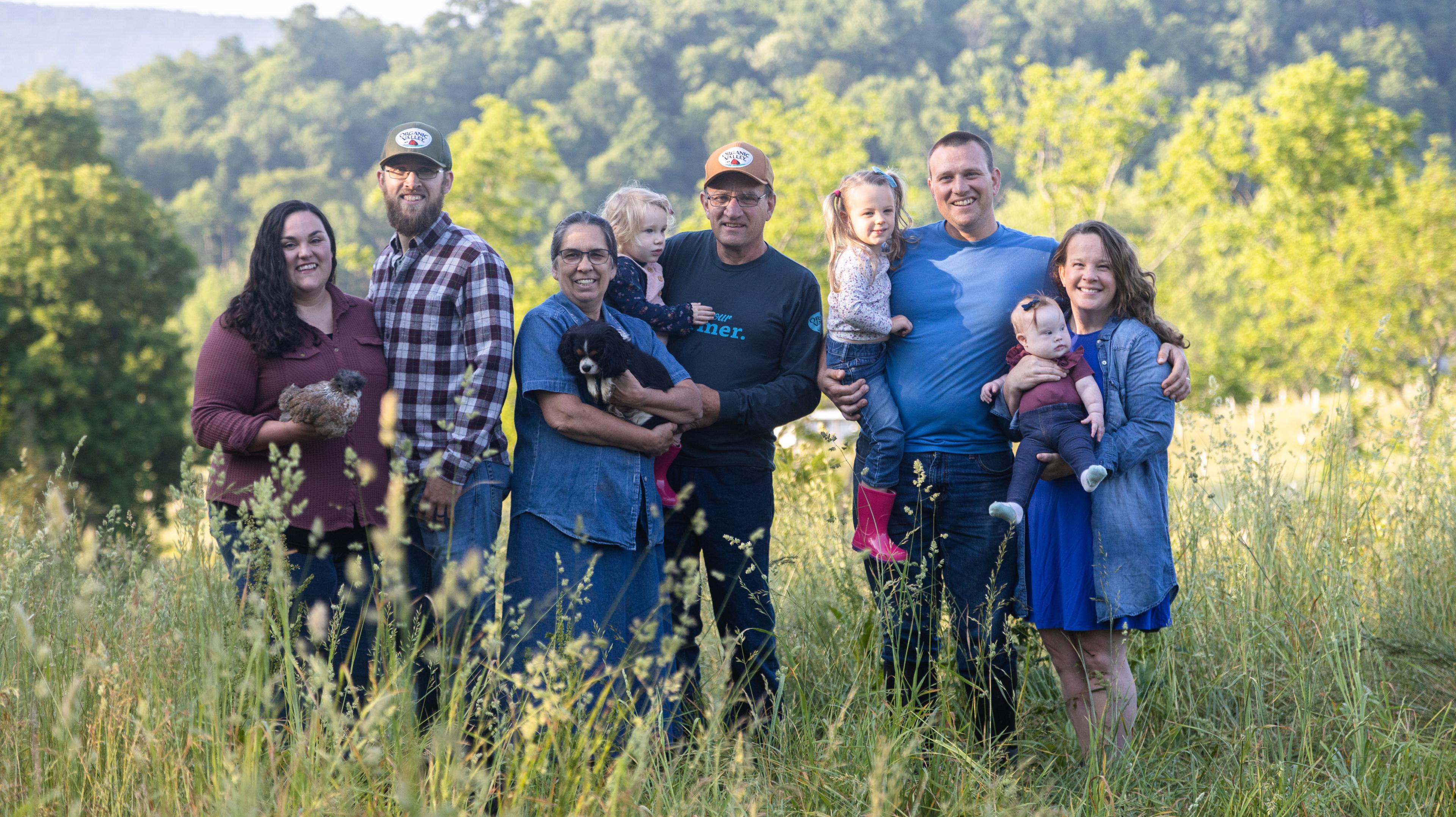
Ranck family, Pennsylvania
Improving Soil Health
Organic Valley dairy farmers since 2000, the Ranck family transitioned its farm to organic in 1987 because they wanted to improve the health of their soil. Andrew Ranck’s dad was also worried about the health risks of pesticides and wanted to use an organic farming system that was not toxic to the planet, animals or people.
“My dad wanted to use the natural resources found on the farm,” Andrew said. “He didn’t want to scrape the ground bare.”
Once Organic Valley started a milk truck route in central Pennsylvania, the Ranck family was on board. With 350 acres of pastureland, they have a herd of 190 dairy cows that includes a crossbreed herd of Holsteins and Fleckvieh.
As the film’s resident wildlife scout, Andrew also spotted an eastern box turtle, which is a species of special concern because of habitat loss.
“Organic farming relies on pasture for the cows, and pasture is what these wildlife species need for habitat,” Andrew said. “Protecting and creating habitats for these turtles and so many other species is why I enjoy being an organic dairy farmer.”
In addition to four turtle species, Andrew’s daily wildlife sightings often include great blue herons, chimney swifts, wood newts, black bears, Eastern wild turkeys and American kestrel.
The population of kestrel is decreasing due to the rapid loss of grassland habitat, which is vanishing quickly in Pennsylvania.
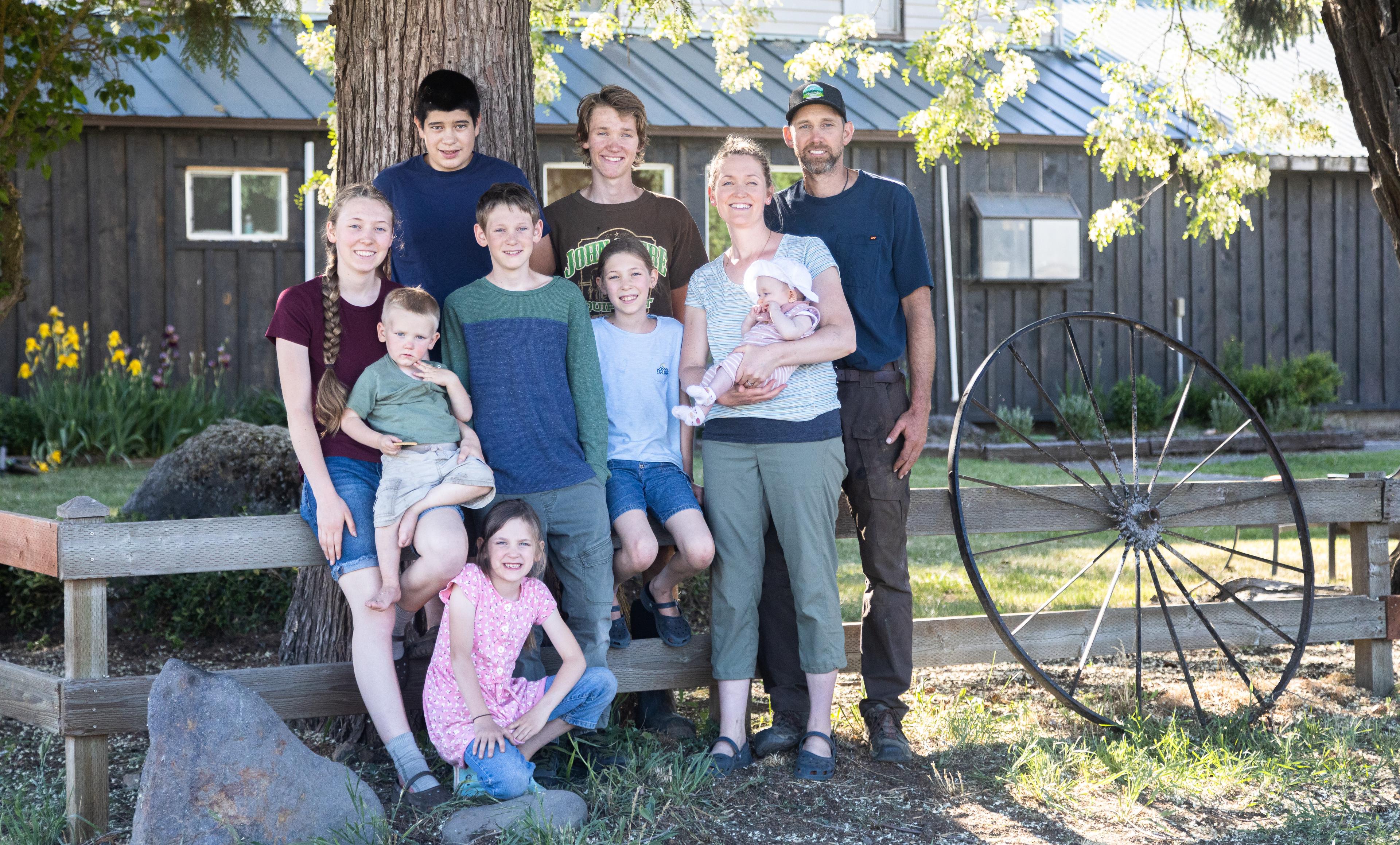
Pearson family, Washington
Family Tradition in Trout Lake
Across the continent in Washington, organic dairy farmer Travis Pearson is the fourth-generation farmer in his family. The family has raised dairy cows in the Trout Lake Valley since the late 1800s.
Pearson’s grandfather, Charles Pearson, emigrated from Sweden when he was 12 years old and worked on the railroad all the way to Trout Lake. He was the second settler in Trout Lake, a scenic area of southwest Washington. Charles had cows but didn’t have a commercial dairy. It was his son George who started a dairy farm.
He transported chilled milk cans to the nearby Columbia River to be loaded onto barges to the city of The Dalles, Travis said.
Travis’ father, Monte, transitioned the dairy farm to organic in 1995 and joined Organic Valley the following year after a visit from one of the co-op’s founders, George Siemon.
“It was a challenge for my dad to find organic grain to feed our cows, but we were committed to organic farming and to Organic Valley,” Travis said. He bought the dairy farm from his father in 2012 and lives there with his wife and eight children (the fifth generation)!
The Pearson farm includes 500 acres and 250 Jersey cows and sits in the shadow of Mount Adams, which rises to 12,281 feet above Trout Lake Valley.
“Our farm is beloved by photographers because of the mountain views from our pasture,” Travis said. “The filmmaker saw photos of our farm and knew he wanted to film the cows in front of the mountain.”
Travis enjoyed being involved with the “protect” video.
“It’s definitely not like farming,” he said. “It was also fun to watch other people with the same eco-friendly mission. We all got so excited when we saw any sign of wildlife.”
Changing Opinions About Ag
Travis believes the video has a great impact on the public’s opinion of agriculture. “When people see our farm, they realize how much organic farming is actually working with nature. We’re not destroying the earth, but we’re farming together with Mother Nature,” he said.
At an elevation of 2,000 feet, the Pearson dairy farm draws wildlife from higher elevations of the mountain, as well as from two nearby wildlife preserves — Trout Lake Natural Area Preserve and Conboy Lake National Wildlife Refuge. During the winter, elk herds from the nearby preserves graze on remaining grasses in the cow pastures. Canada geese also spend winters in the preserves.
Additional wildlife on the Pearson farm includes yellow-bellied marmot, a new species for the film crew. There are also bears, cougars, black-tailed deer, dragonflies and butterflies.
Trout Creek runs through the farm, creating a habitat for numerous water critters, including beavers, otters, raccoons and weasels.
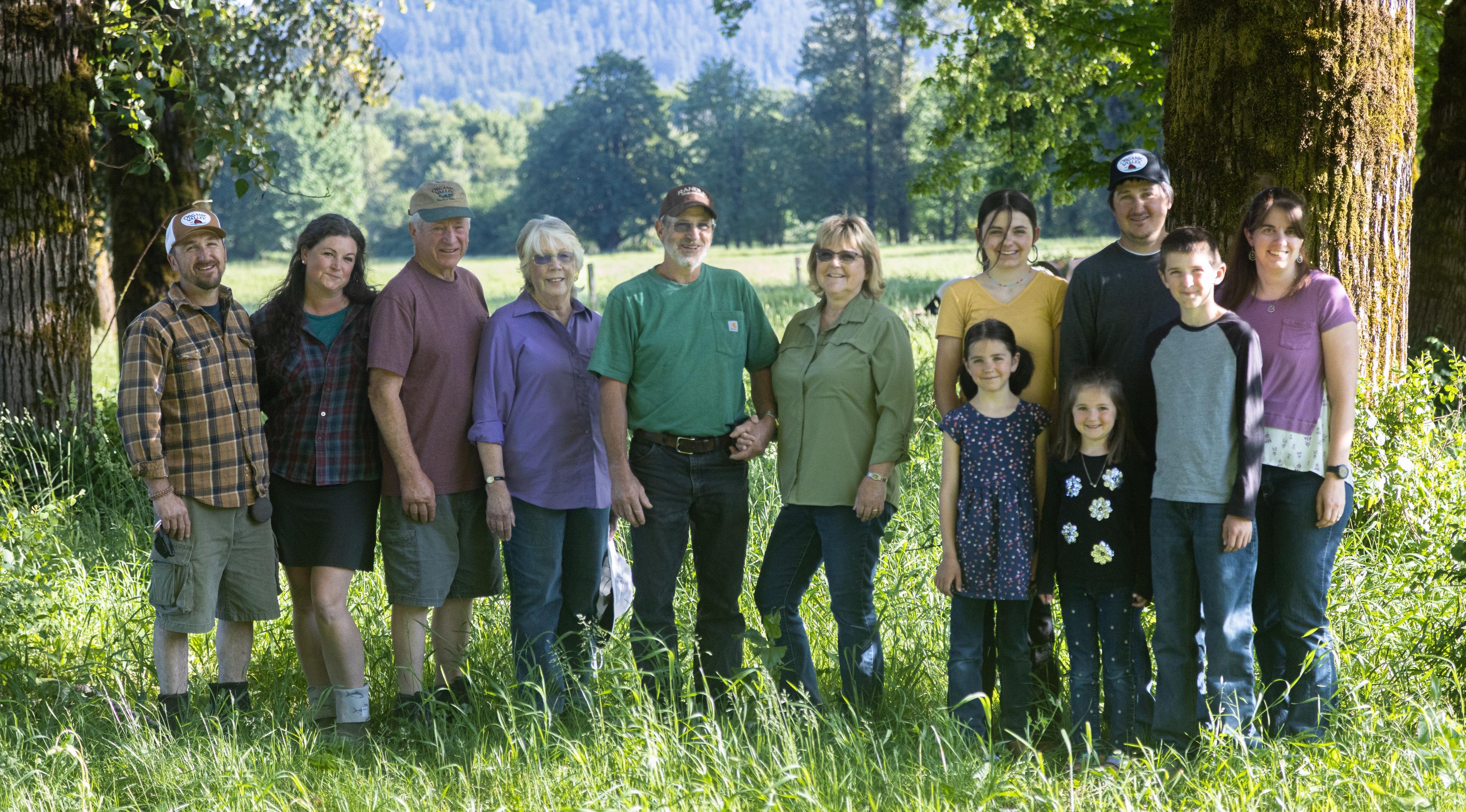
The McMahan family, Washington
Graceful Killdeer on the McMahan Farm
The McMahan farm in Randle, Washington, is only a few hours west of Trout Lake as the crow flies. However, the film crew opted for the highway instead of navigating the rough, gravel road that links the two small towns.
The farm was chosen as a site for the video based on photos taken by Organic Valley staff photographers in 2011. With majestic views of Mount Adams, the farm has not changed much.
Joel McMahan is a fifth-generation dairy farmer. McMahan spent time with the film crew hiking around all three of his family’s farms, one dating back to 1886. The crew took sunset footage and used a drone to capture the pasture with Mount Adams in the background.
“The filming was a blast,” he said. “We moved fences around and rearranged cows to get some great nature shots showing the killdeer on the pasture.”
Killdeer get their name from their shrill, wailing call. Eighteenth-century naturalists noticed how noisy killdeer are, giving them names such as the chattering plover and the noisy plover.
“Killdeer build their nests in a small hole beneath the pasture and co-exist with the cows,” McMahan said. “Their habitat is the pasture and the hay fields, and they line their nests with weeds.
“It’s important to show people all the plants and animals living on our farm because there is always a disconnect between how people view agriculture and conservation. Growing up in a small logging community, I saw that we all want the same thing. We all want to operate with Mother Nature.”
Sometimes, dairy gets a bad environmental wrap, Siemon said.
“It was important for us to show how our small organic family farms are actually a part of the solution,” he said. ”Every Organic Valley farm forgoes the use of toxic pesticides, safeguards grasslands that sequester carbon and provides valuable habitat to countless species.”

Mount Adams can be seen from the McMahan family farm in Washington.
The family started shipping milk to Organic Valley in 2007 and saw the future of organic dairies as a route to a sustainable livelihood. Despite growing up in this historical dairy family, McMahan didn’t want to be a dairy farmer. He originally joined the Corps of Engineers to build roads and bridges and then worked as a heavy equipment mechanic for a local mill.
The family dairy pulled him back to the farm, where he now farms with his brother, Wade, and uncle, Jake. The were the first organic dairy west of the Mississippi to introduce a milking robot to the barn, Joel said, and the herd loves to be on its own milking schedule. "It gives us more flexibility to be out in the hay fields and not rush back to milk.”
Along with the graceful killdeer, the farm is home to bald eagles, elk, geese, garter snakes, bears and mountain lions. “We have three farms and three diverse ecosystems and weather conditions so there is always an ebb and flow of nature.”
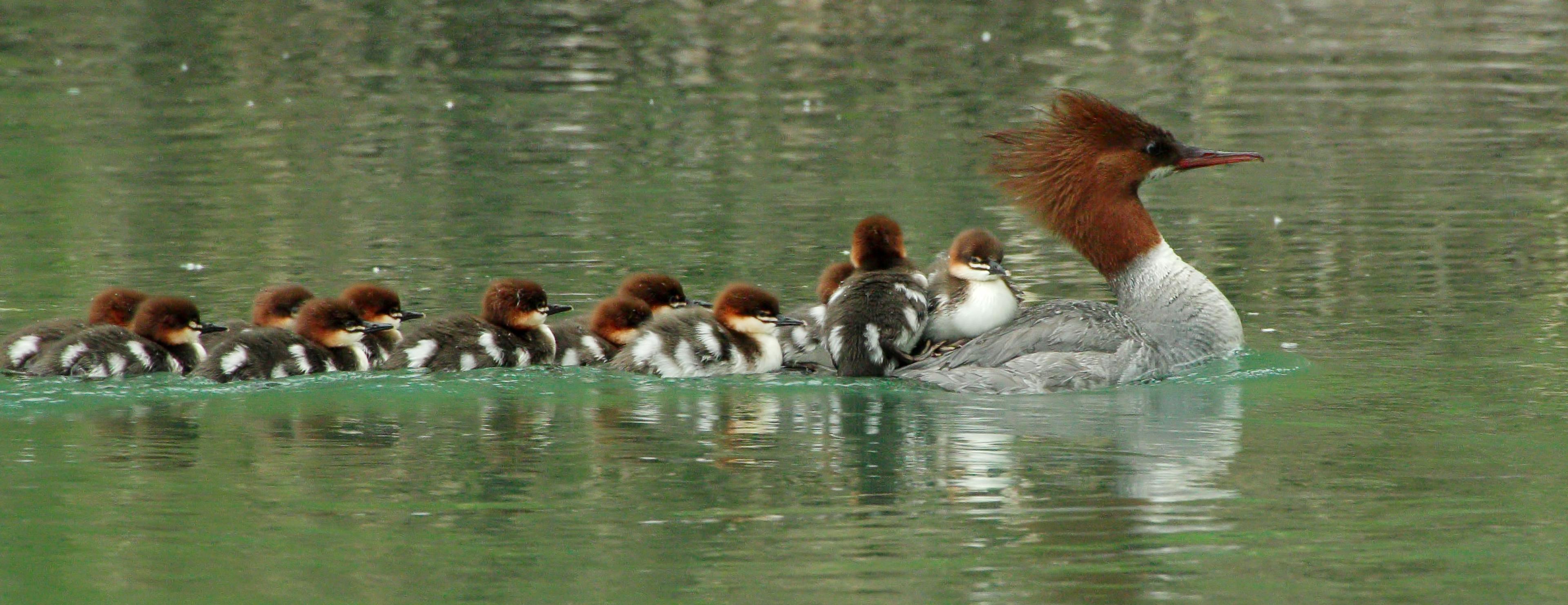
The McMahan farm in Washington.
Cool Critters on Our Farms
Now we would like to introduce you to some wildlife “stars” from our “protect” video. An Organic Valley farm is home to a wide diversity of plant and animal life. Science has shown that organic farms have 30% more diversity.
Siemon was surprised at "how much our farmers knew about every little bug and bird on their land. It was clear that they not only valued their presence, but they went out of their way to encourage their presence," he said.
North American Wood Turtles found on Ranck’s farm in Pennsylvania are rare and unique species found in the Northeast, from southern Nova Scotia to northern Virginia. Wood turtles are still abundant, but their habitat is shrinking, and collectors seek them out. They need safe, natural spaces to live away from public access — just like an Organic Valley dairy farm. Preserving organic farmland helps turtle species like the wood turtle thrive.
Earthworms are vital to soil health and plants growing in it because they transport nutrients and minerals from below to the surface via their waste. On an organic farm, earthworms are vital soil aerators and a bellwether of the pasture’s health. As earthworms burrow, they consume soil, extracting nutrients from decomposing organic matter like leaves and roots.
Eastern long-tailed salamander has a long body with a slender tail that continues the color and pattern that begins on the head. This salamander is yellow to bright red-orange and is marked with contrasting black spots. Long-tailed salamanders remain locally abundant, but populations have declined due to habitat loss from clear-cutting of forests and pollution of larval ponds. They enjoy eating insects in rocky and wooded areas commonly found on Organic Valley farms.
Fawns found on Ranck’s dairy farm have a lower mortality rate than those in the forests of north central Pennsylvania. More than 72% of fawns born in the agricultural areas of the state will survive into adulthood.
Monarch butterflies depend on the milkweed plant as the site to lay their eggs. Organic pastureland offers a beneficial habitat for milkweed to thrive and monarchs to survive. The most amazing thing about monarch butterflies is their migration pattern each year. Every fall, as cold weather approaches, millions of monarchs leave the U.S. and fly south, returning to the same forests each year.

A fawn hides in the grass at an organic farm in Pennsylvania.
Protecting Our Food for Future Generations
Safeguarding the sources of our food is not merely a matter of ecological responsibility; it is necessary for the health of our planet and well-being of future generations. At Organic Valley, we believe it is important to support sustainable farming practices that benefit all animals, plants and people.
The farms in the video are truly Organic Valley farms.
“We would never show any farm in our ads that wasn’t our own for moral reasons and also quite frankly, because we believe we have the most beautiful small organic family farms in the country,” Siemon said.
We are all connected, from the tiny earthworm burrowing beneath the pasture to the chimney swifts that help with flies and mosquitoes.
We all have a big role in protecting organic farms and the families that have created these natural environments year after year.
Ah, nature.
Lisa Hill is a seasoned public relations professional based in Portland, Oregon. With a passion for strategic communication, she specializes in crafting compelling narratives and building strong media relationships. Her expertise spans various industries including sustainable food systems, farm-to-table restaurants and natural grocery.
Related Articles
- Tags:
- environment,
- regenerative agriculture,
- farm life


















